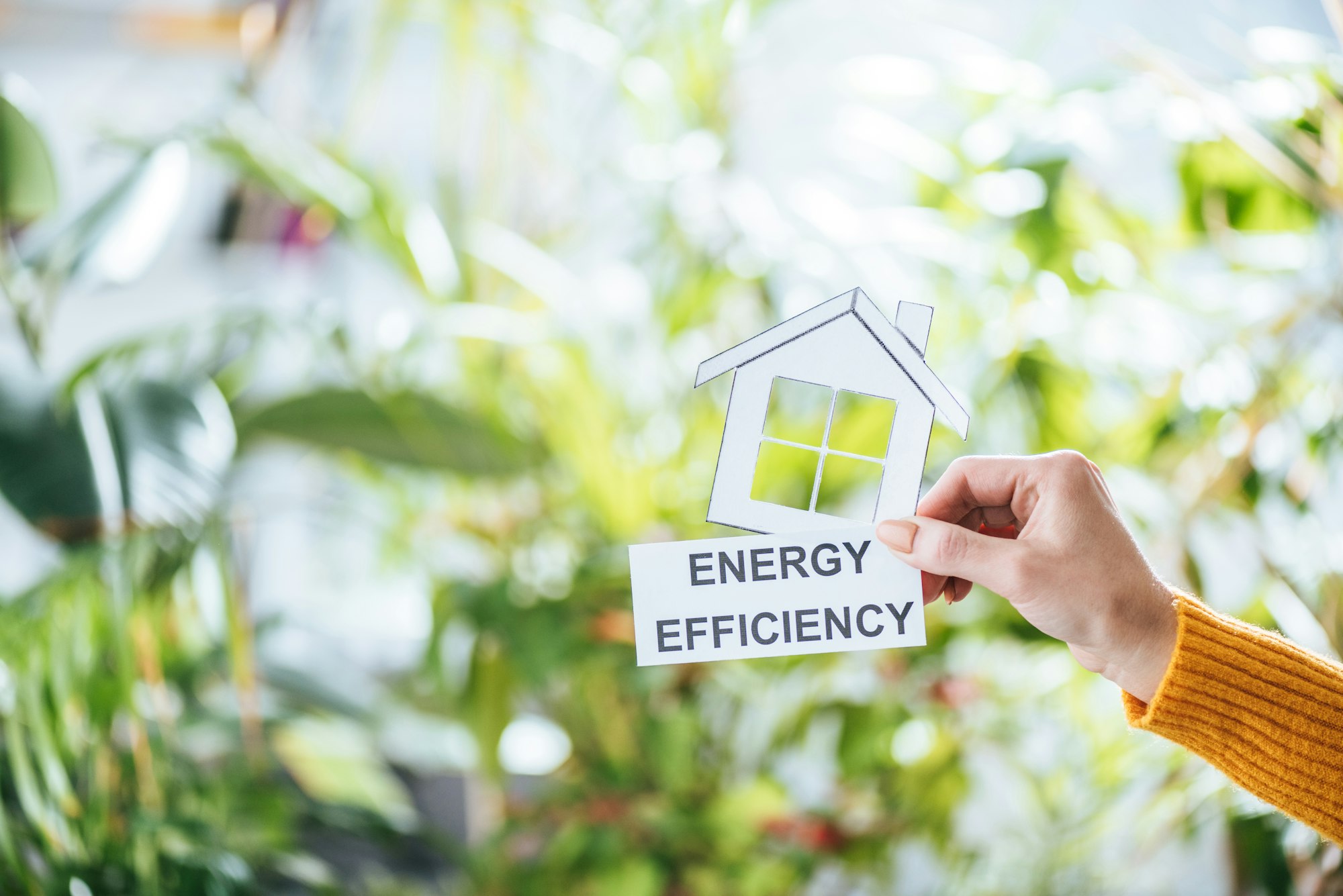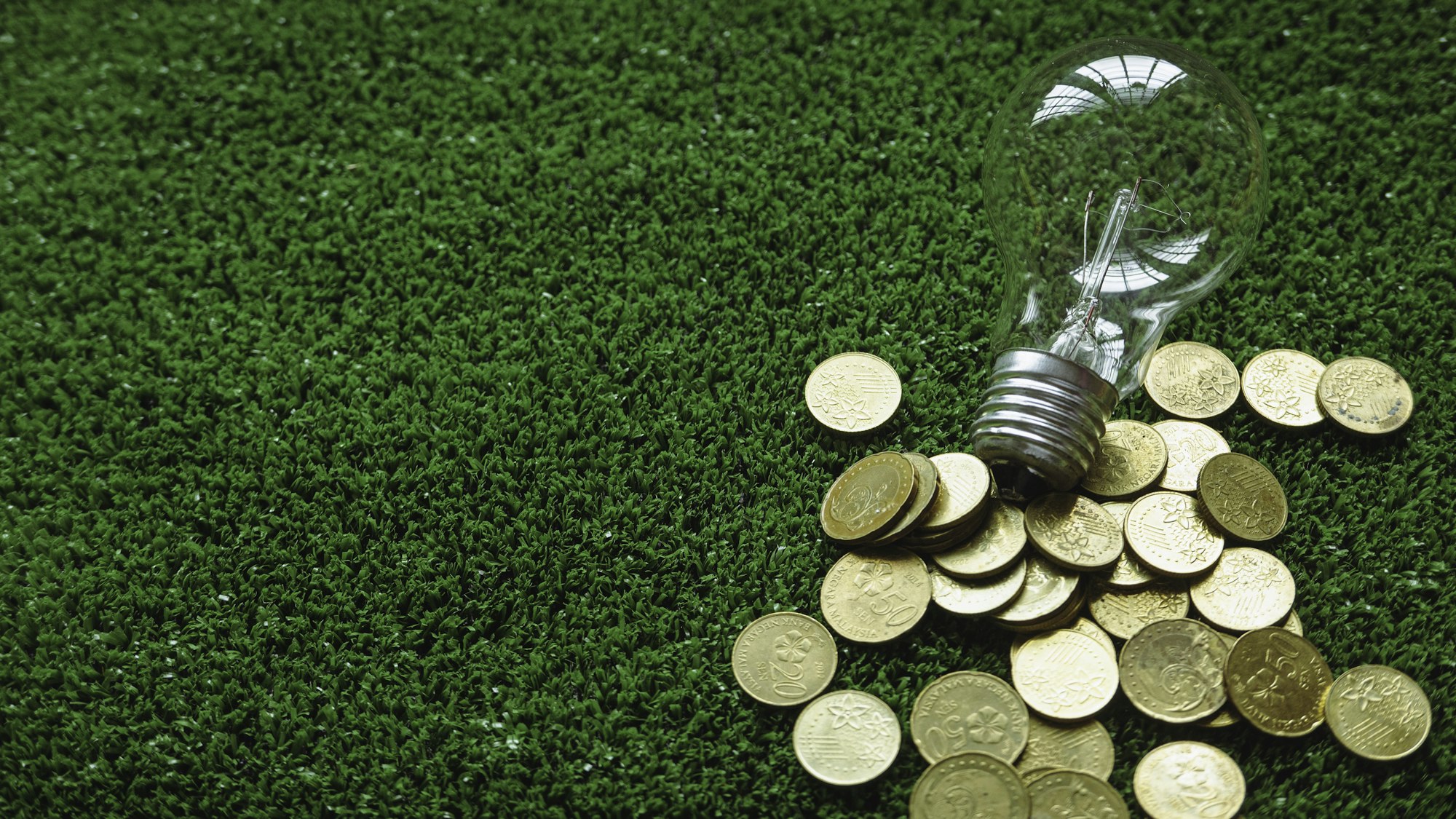In today’s world, energy efficiency is more important than ever. Not only does it help the environment, but it also saves you money on utility bills. But where do you start? From simple DIY tips to more extensive home improvements, there are numerous ways to enhance your home’s energy efficiency. Let’s dive into some effective strategies that you can start implementing today.
1. Understanding Energy Efficiency
Before we delve into the specifics, let’s get a grasp on what energy efficiency really means. Simply put, energy efficiency refers to using less energy to perform the same task. This not only reduces energy waste but also maximizes the performance of your home systems.
2. Conducting an Energy Audit
An energy audit is the first step in identifying how much energy your home consumes and where you can make improvements.
DIY Energy Audit Tips
You don’t always need to hire a professional to conduct an energy audit. Here are some simple steps you can follow to perform a basic audit yourself:
- Check for Air Leaks: Inspect windows, doors, and any other areas where there might be gaps. Use weatherstripping or caulking to seal these leaks.
- Inspect Insulation: Make sure your attic, walls, and floors are properly insulated. Inadequate insulation can lead to significant energy loss.
- Evaluate Your Lighting: Swap out incandescent bulbs for LED bulbs, which use up to 75% less energy.
Professional Energy Audits
If you prefer a more thorough evaluation, consider hiring a professional. Ignite Digital suggest to use the service of companies that offer comprehensive energy audits that can pinpoint exactly where your home is losing energy and provide specific recommendations for improvement.
3. Upgrading Your Home Appliances
Old appliances can be energy hogs. Upgrading to energy-efficient models can make a big difference in your home’s energy consumption.
Energy Star Ratings
When shopping for new appliances, look for the Energy Star label. This certification indicates that the appliance meets or exceeds federal energy efficiency standards.
Smart Home Technology
Incorporating smart home technology can further enhance energy efficiency. Smart thermostats, for example, learn your schedule and adjust the temperature accordingly, ensuring your home is always at the perfect temperature without wasting energy.
4. Enhancing Insulation and Windows
Proper insulation and high-quality windows are crucial for maintaining your home’s energy efficiency.
Insulation Types
There are various types of insulation, including fiberglass, foam, and cellulose. Each type has its own benefits, so it’s essential to choose the right one for your home. Proper insulation ensures that your home stays warm in the winter and cool in the summer, reducing the need for excessive heating and cooling.
Energy-Efficient Windows
Consider replacing old windows with energy-efficient ones. Double-pane windows, for example, provide better insulation and reduce energy loss. Additionally, some windows have special coatings that reflect infrared light, keeping heat inside during the winter and outside during the summer.
5. Utilizing Renewable Energy Sources
Renewable energy sources, such as solar and wind power, are becoming increasingly accessible for homeowners.
Solar Panels
Installing solar panels can significantly reduce your reliance on traditional energy sources. While the initial investment can be substantial, the long-term savings and environmental benefits make it worthwhile.
Wind Turbines
For those in windy areas, small wind turbines can be an excellent addition to your home. They can generate a significant amount of electricity, reducing your dependence on the grid.
6. Simple Daily Habits to Save Energy
Sometimes, the smallest changes can have the biggest impact. Here are some daily habits to adopt for a more energy-efficient home:
Turn Off Lights and Appliances
Make it a habit to turn off lights, TVs, and other electronics when they’re not in use. This simple step can lead to noticeable savings over time.
Use a Conductivity Meter
A conductivity meter can help you identify areas where energy is being wasted. By measuring the electrical conductivity of various materials, you can pinpoint inefficiencies and make necessary adjustments.
Adjust Your Thermostat
Lowering your thermostat by just a few degrees in the winter and raising it in the summer can lead to significant energy savings. Consider using a programmable thermostat to automate these adjustments.
Conclusion
Improving your home’s energy efficiency doesn’t have to be overwhelming. By conducting an energy audit, upgrading appliances, enhancing insulation, utilizing renewable energy sources, and adopting simple daily habits, you can make your home more energy-efficient and save money in the long run. Remember, every small step counts. Whether you choose to start with a DIY project or opt for professional services like Heatline, the key is to take action and make energy efficiency a priority in your home.










